The Cotswolds garden at Banks Fee: Spectacular views, glorious hedges and a kitchen garden which produces veg boxes for the whole family
Spectacular views set off varied formal elements, from pleached hornbeams to a large kitchen garden, in this serene Cotswold garden. Non Morris paid a visit; photographs by Val Corbett.
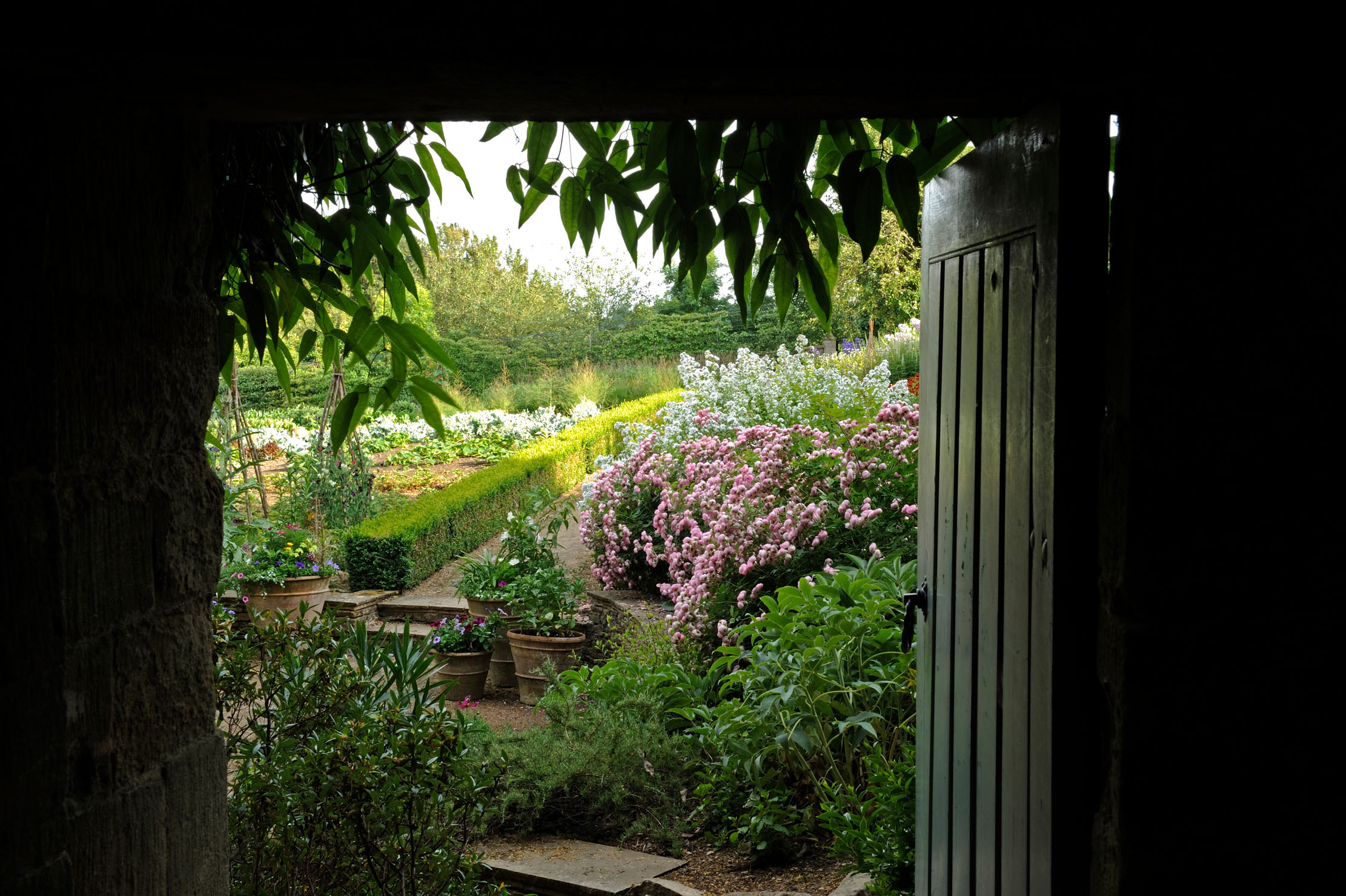

From the sheltered entrance courtyard at Banks Fee — a broad 18th-century Cotswold-stone house set above Gloucestershire parkland — the visitor is welcomed by immaculate stretches of pleached hornbeam and clipped yew and charmed by pairs of plump lollipops of Quercus ilex that have been encouraged to grow into each other. The eye is then drawn from the velvet squares of lawn and the contrastingly shaggy rosemary to tantalising glimpses of the rolling countryside that brought Kate and Hugh Sloane to Gloucestershire from Sussex 16 years ago.
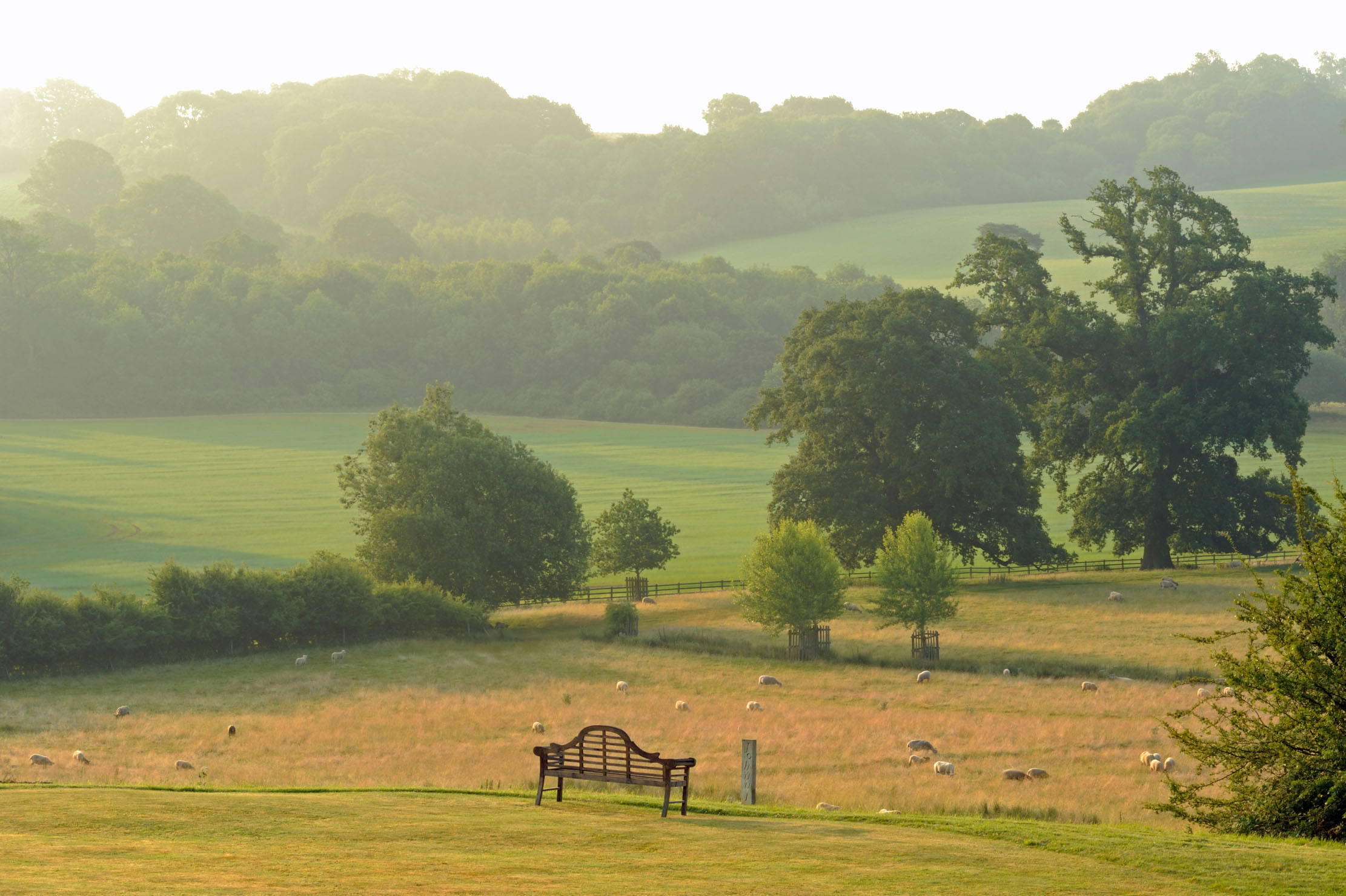
‘We had done it before — made a garden from nothing — in our first house,’ explains Mrs Sloane as she reveals the courtyard garden, designed by Arne Maynard as a series of shallow terraces that links the front of the house to the handsome Victorian stables.
‘Our Sussex garden was one of Arne’s first projects. The whole process was a big learning curve for us all, but the result that emerged was wonderful.’
After a while, however, there was a feeling that Gatwick ‘was getting closer and closer’ and the family started to hunt for a more secluded place to live.
‘When we arrived at Banks Fee in 2002, the garden was derelict: everything had been grassed over during the Second World War, the dry-stone walls had gone and the front garden was a concrete turning circle.’

The now-celebrated Mr Maynard was called on again to help. ‘One of Arne’s first ideas was to offer a glimpse of the view to draw you in rather than revealing everything at once.’
As well as introducing his trademark perfectly clipped hedging and restrained Mediterranean planting, he reinstated soft stone walls. A rectangular pool was also set beneath a wisteria-clad stone balustrade linking the entrance courtyard to the terrace below.
Sign up for the Country Life Newsletter
Exquisite houses, the beauty of Nature, and how to get the most from your life, straight to your inbox.
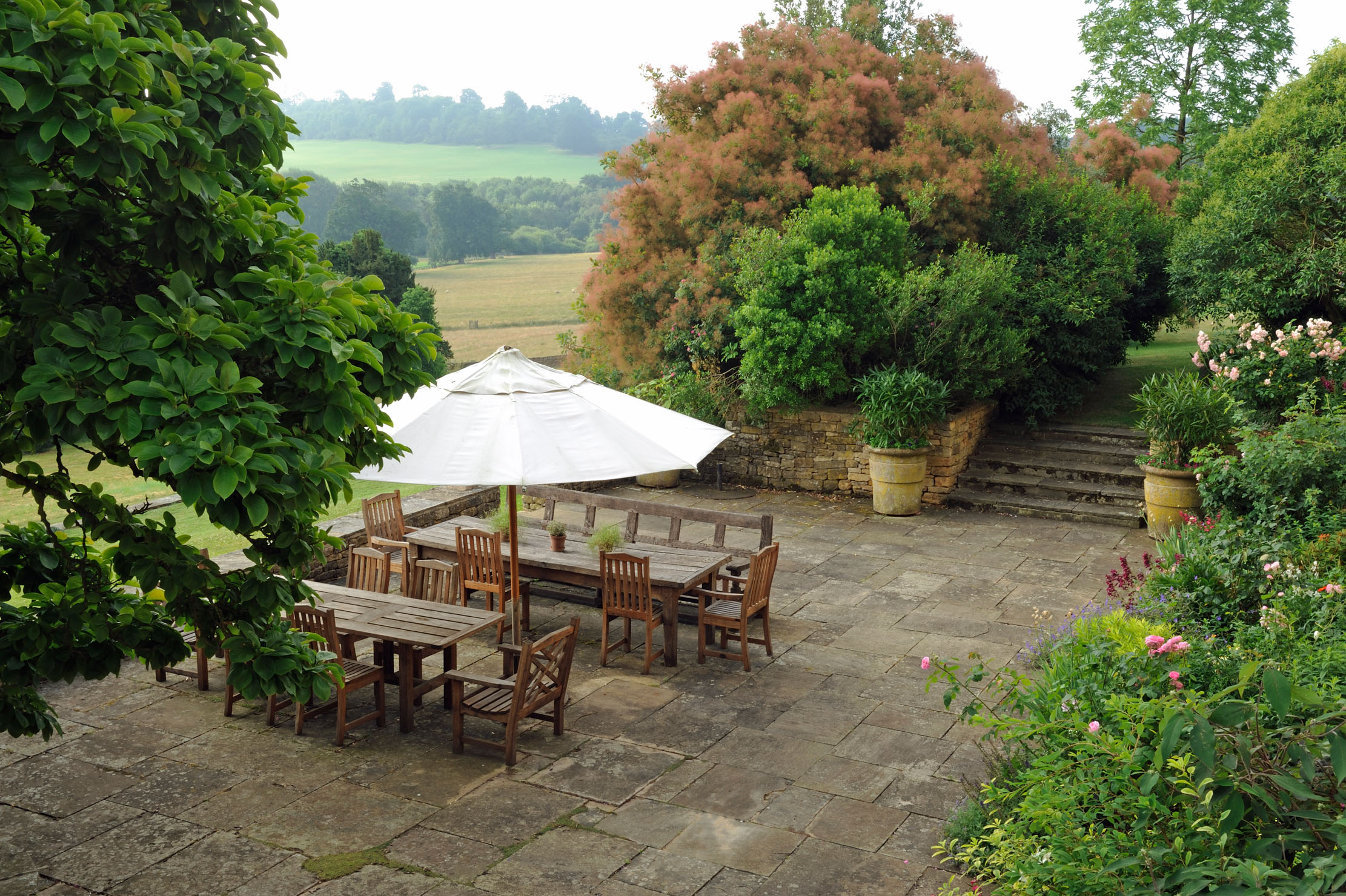
The Sloanes decided to pause before they tackled the rest of the three-acre garden, which comes to about seven acres when one includes the ancient rookery that is carpeted in snowdrops and daffodils in spring.
The glory of Banks Fee is its fantastic view, but this comes at a price: pretty much every-thing below the house is on a steep slope. There had been considerable head-scratching about what to do with the lawn at the rear of the house. Mr Maynard had been keen to add fine topiary, but, in the end, the decision was taken to keep the area simple and to let the surrounding countryside speak for itself.
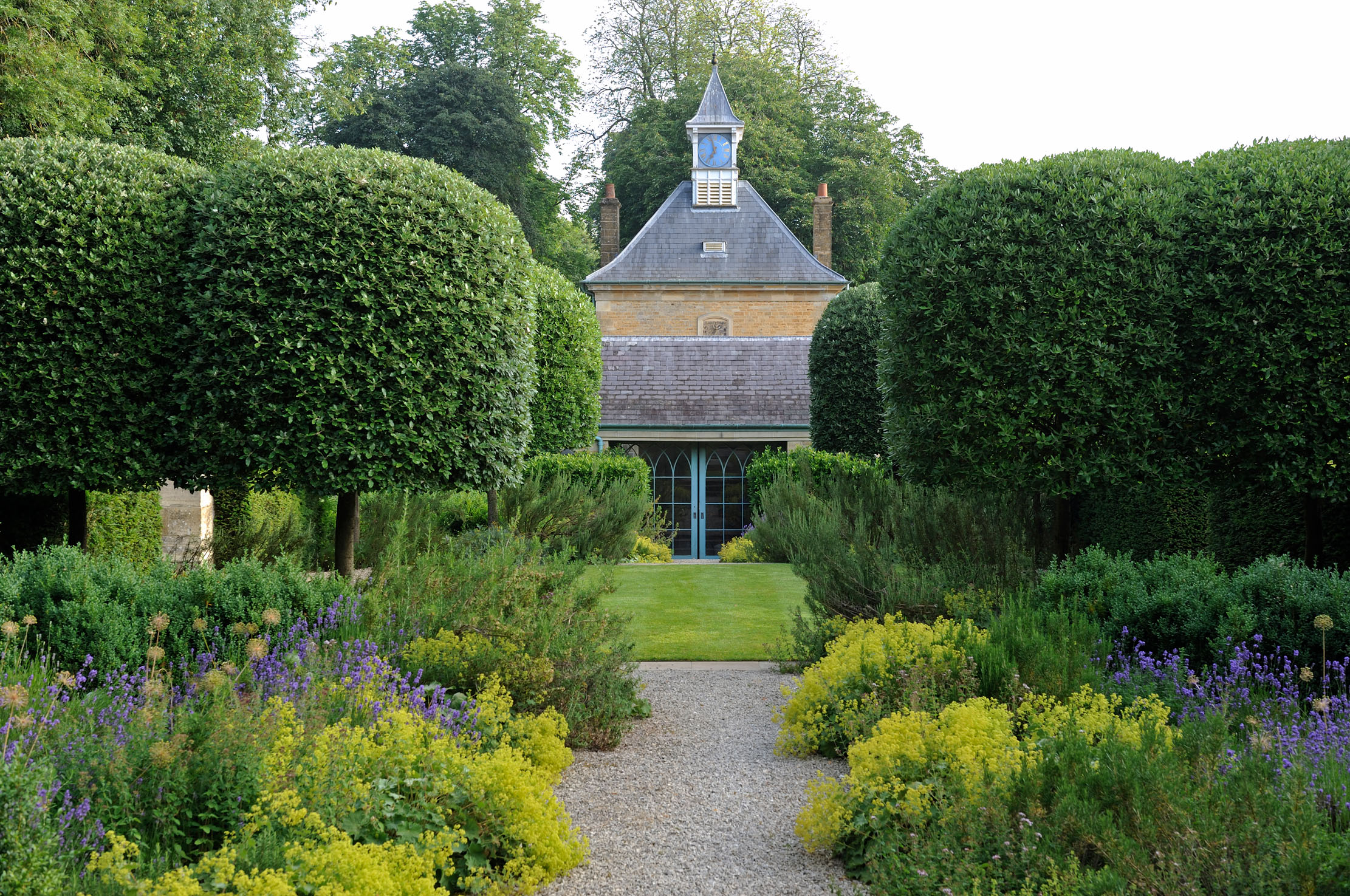
The park had not been touched for two generations and Mr Sloane has relished the chance to put back hedges and trees, as well as creating a lake. Trees have become a new passion and there is a burgeoning arboretum.
Restoring the walled kitchen garden was next on the agenda and, this time, Mary Keen was invited to lay out the enormous sloping space. ‘It’s half a football field,’ says Richard Ottaway. He and his wife, Anna, are joint head gardeners, having moved with the Sloanes from Sussex to Gloucestershire.
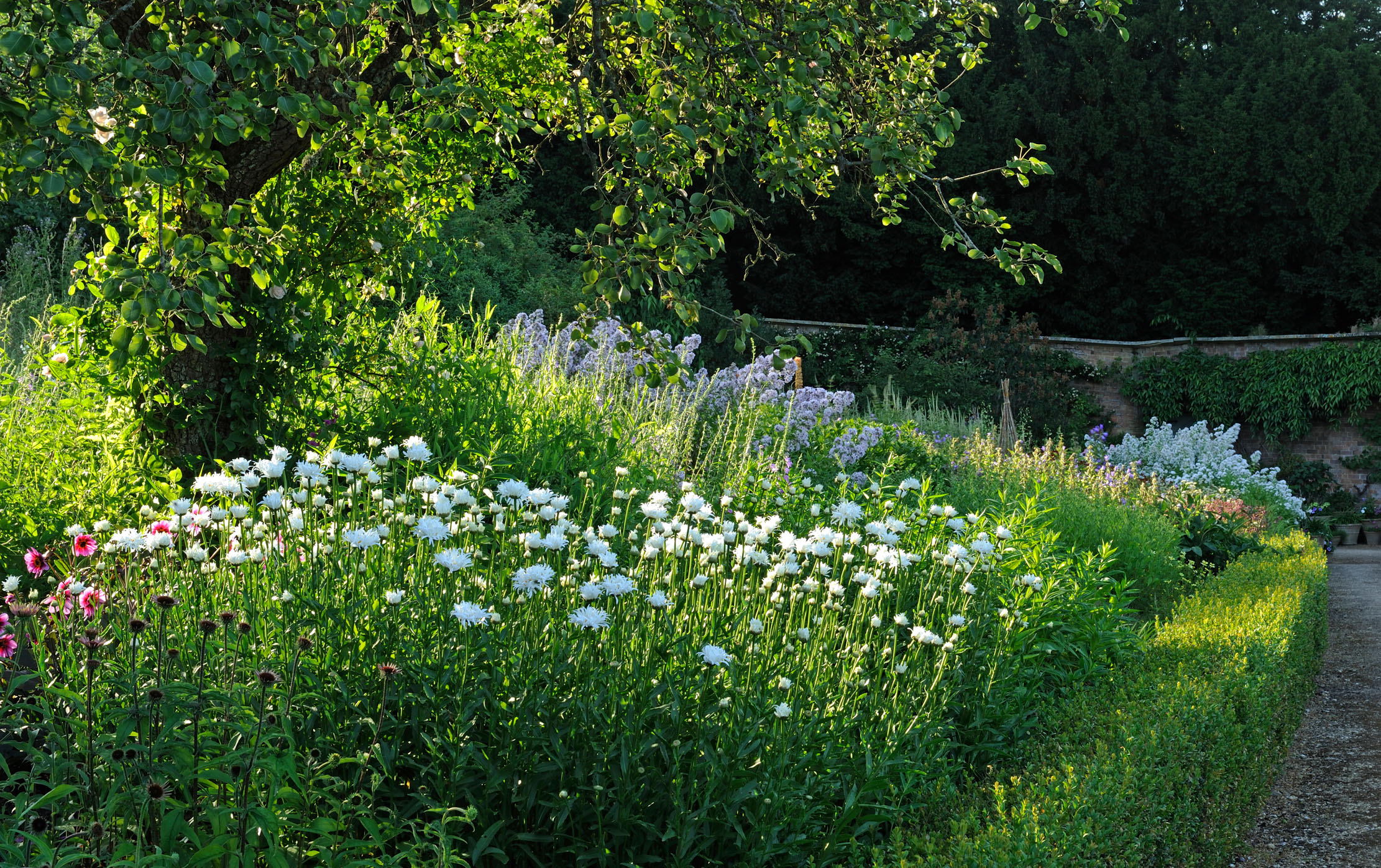
When the couple were researching the history of the kitchen garden, they found photographs from the 1860s that revealed a number of Victorian glasshouses. Today, these have been replaced by Alitex greenhouses, in constant use producing tomatoes, grapes and bowls of winter-flowering bulbs for the house. They are also home to a gently aging steamer chair, which has become one of Mr Sloane’s favourite places to which to escape and think among the heady greenery.
A series of paths, low retaining walls of local stone and box hedges now break up the enormous kitchen garden and an orchard has been planted at the very top among long grass that is full of wildflowers in spring.
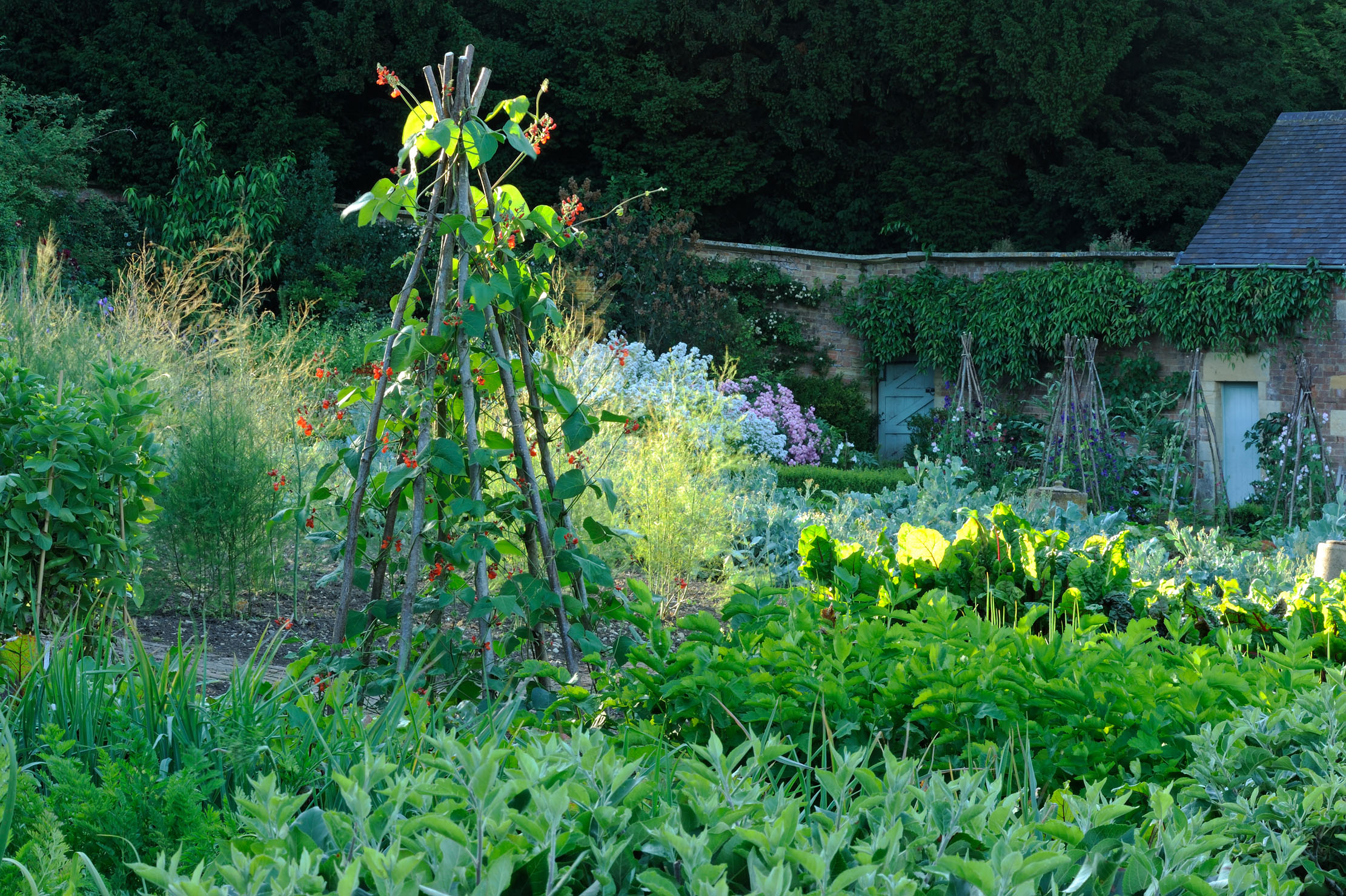
‘We’re pretty much self-sufficient for fruit and vegetables from April onwards,’ says Mrs Sloane. There are plentiful favourites, such as courgettes and peas, as well as rare deli-cacies, such as sea kale forced in vintage pots and the delicately oyster-flavoured Scorzonera. There’s even a sweetcorn patch for eating as soon as the cobs are picked. Indeed, there’s enough produce to send weekly vegetable boxes to their daughters in London.
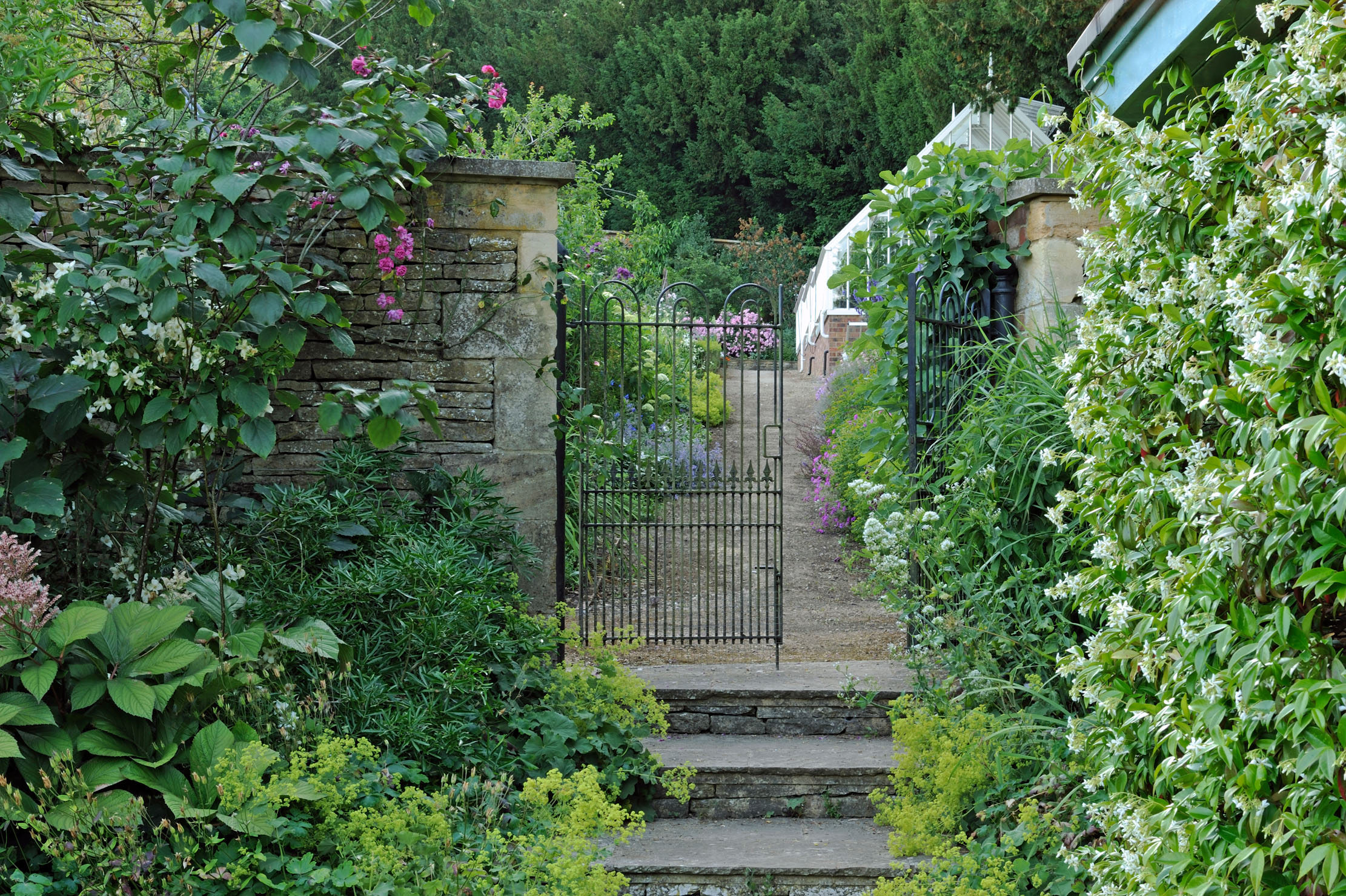
The picking borders are concentrated at the top of the kitchen garden for easy access. Lady Mary’s clear-cut rows have become softened over the years, but continue to provide for the house. The palette is mostly white, mauve and blue, revved up with dashes of bright pink or the flame-red annual Ipomoea lobata.
The range of dahlias is constantly expanding and new tulips are always tested. This year’s successes were Tulipa Weber’s Parrot — a fantastic Eton mess of crinkled pink and white flushed with green — and Bastogne Parrot, deep red with fine yellow fringing.
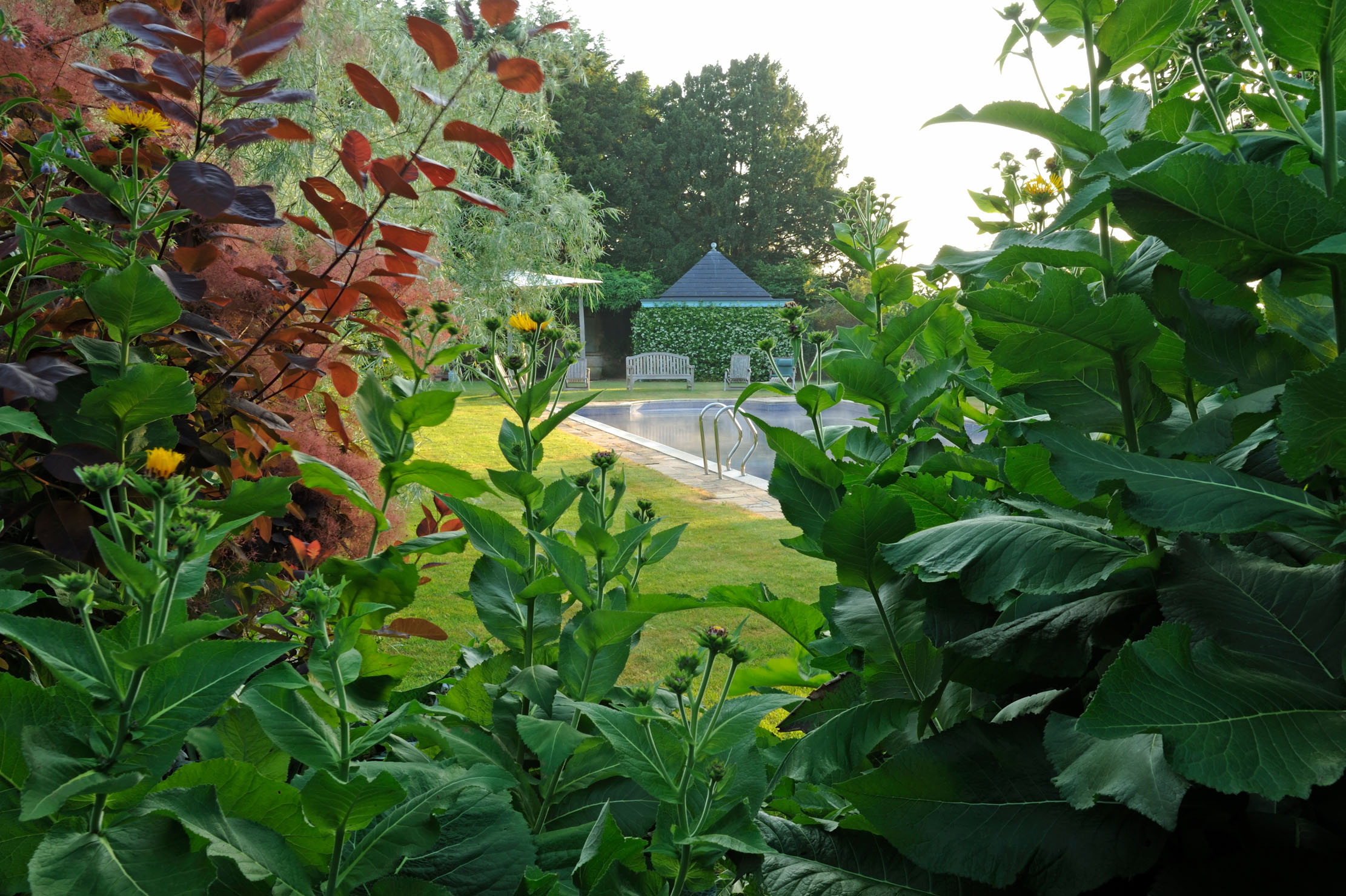
New planting has been introduced in the sunny lower section of the garden to provide a quiet burial spot for Mrs Sloane’s mother. In the centre is a sculpture by Simon Allison, based on a cast of one of the trees from the surrounding park.
From the generous, curved wooden seat by Ray Coggins, one can contemplate the whole of the extremely pretty scheme, which includes the violet-blue Geranium Rozanne, Dahlia Blanc y Verde and D. Twining’s After Eight — also white, but with darker foliage for contrast. Mrs Sloane is delighted to have found such a cheerful solution.

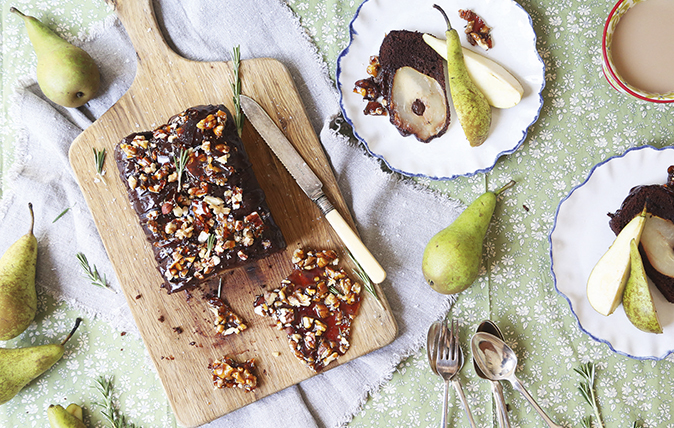
Pear, chocolate and chocolate-ganache loaf with pecan-and-rosemary brittle
This delicious pear-and-chocolate loaf is the perfect autumnal treat.
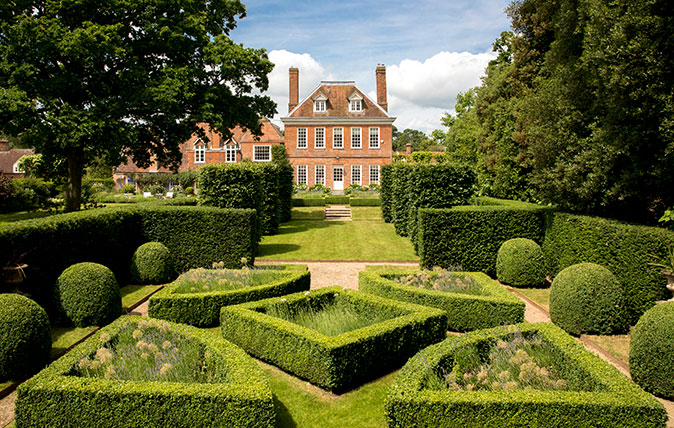
Credit: Knight Frank
A glorious Berkshire house with gardens by Arne Maynard, within easy reach of London and Oxford
Chieveley House is a beautifully-restored country house in an unspoiled Berkshire village within easy reach of London and Oxford.
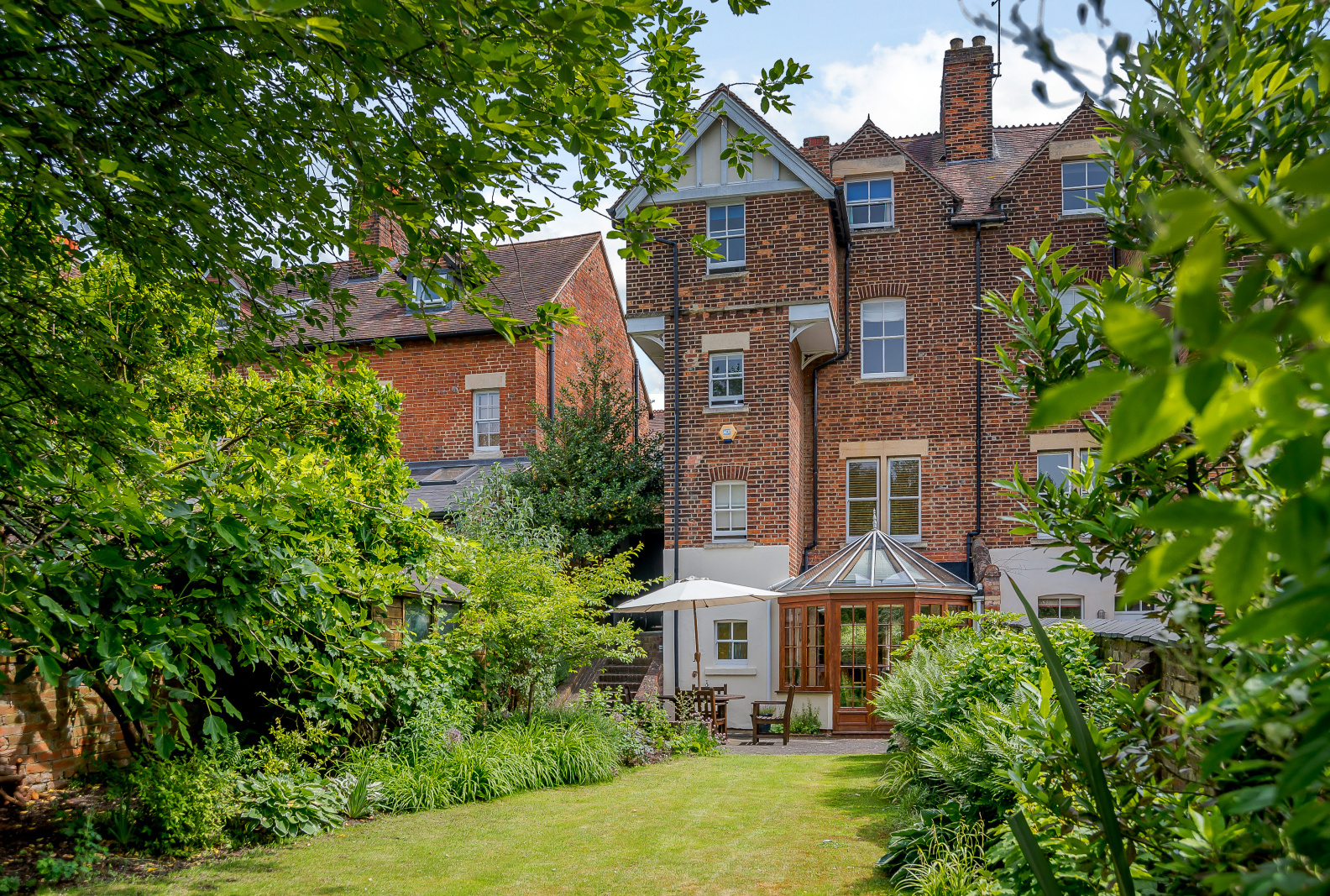
Credit: Strutt & Parker
Charming waterside Victorian country home a stone's throw away from central Oxford
93 Southmoor Road provides the perfect combination of city living and country lifestyle, ideal for those wanting to move out
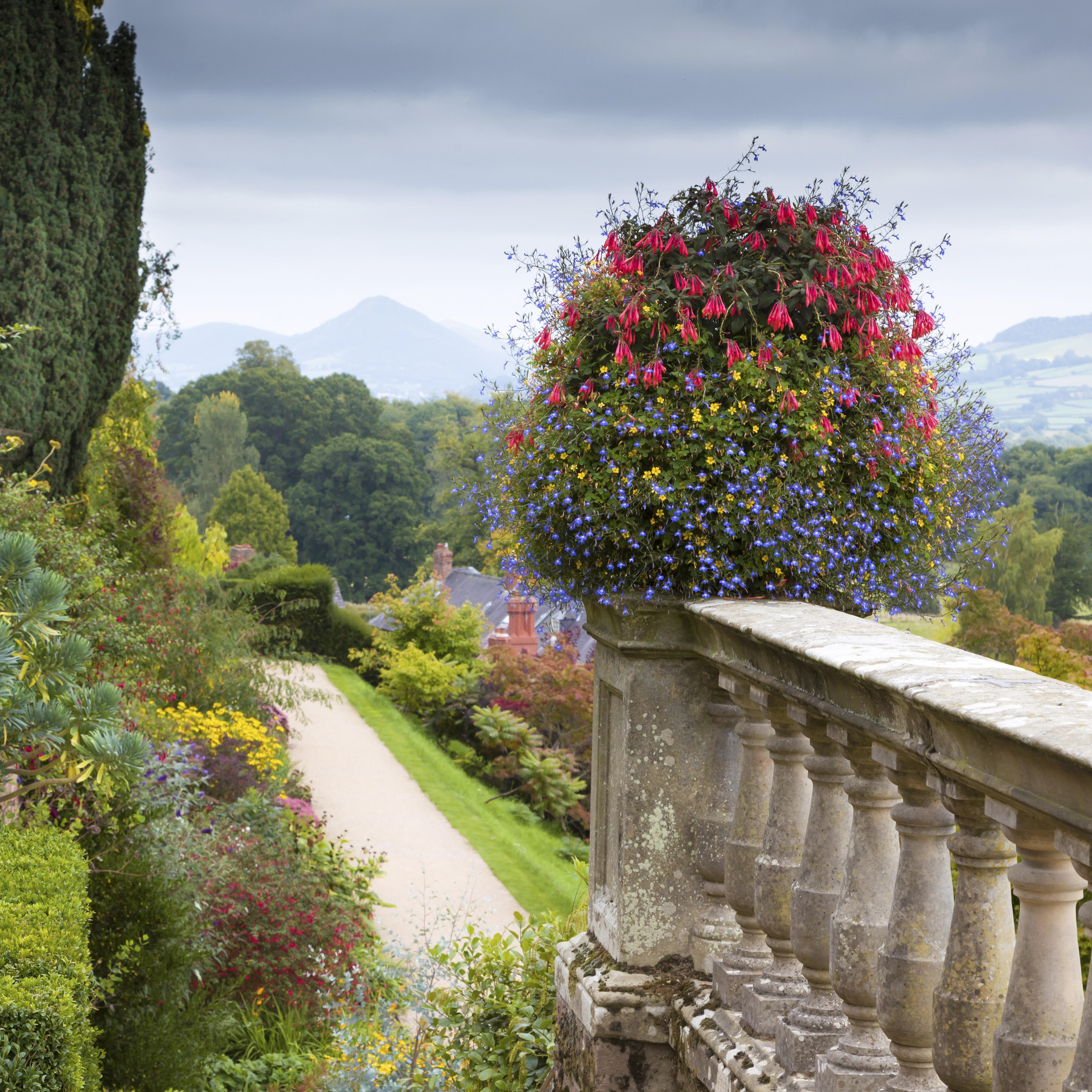
Britain's top landscape architects on how to make your garden fit perfectly into the world around it
You can't just plant what you like and just expect it to work in sympathy with its setting — it needs
-
 What should 1.5 million new homes look like?
What should 1.5 million new homes look like?The King's recent visit to Nansledan with the Prime Minister gives us a clue as to Labour's plans, but what are the benefits of traditional architecture? And can they solve a housing crisis?
By Lucy Denton
-
 The battle of the bridge, Balloon Dogs and flat fish: Country Life Quiz of the Day, April 15, 2025
The battle of the bridge, Balloon Dogs and flat fish: Country Life Quiz of the Day, April 15, 2025Tuesday's quiz tests your knowledge on bridges, science, space, house prices and geography.
By James Fisher